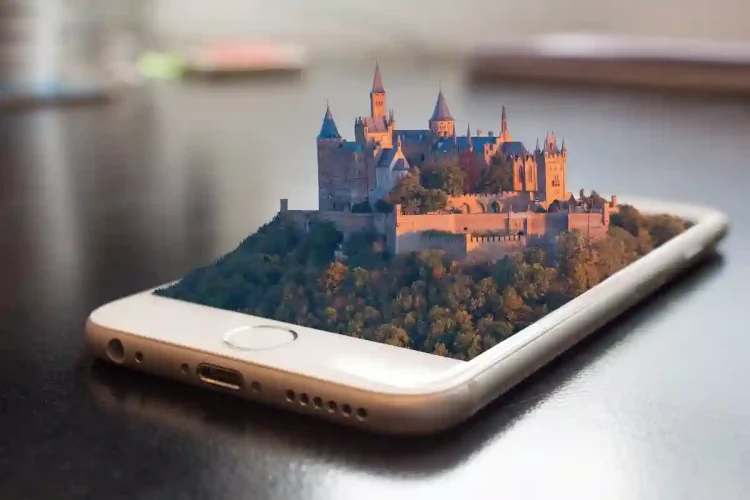Augmented Reality (AR) has been around since the 1960s and Google has made the most of this technology in Search, Maps, and Apps to make you experience digital content the same way you would in the real world. AR places graphics, audio, and other virtual enhancements integrated with real-world objects.
Google Augmented Reality and ARCore
Google uses the software, ARCore, a development kit that allows for augmented reality applications to be built. The software was released in March 2018. It works on apps like Snapchat, TikTok, and Google Lens.
Some of its most significant features include Cloud Anchors, Recording and Playback, Depth, and Environmental HDR.
Cloud Anchors – provides persistent, multi-user, cross-platform AR experiences across both Android and iOS.
Recording and Playback – grants you the ability to accelerate developer workflows and unlock new use cases with pre-recorded MP4s.
Depth – allows you to add realism through object occlusion, immersion, and interaction – you can even do object and scene reconstruction.
Environmental HDR – gives you lighting extension from the real world onto virtual objects to make digital objects appear like they’re actually part of a real-world scene.
According to Google, our devices need to understand reality first before augmentation takes place, and that’s what ARCore is for — to provide a variety of tools for understanding objects in the real world. The tools include environmental understanding, which allows devices to detect horizontal and vertical surfaces and planes. ARCore also has motion tracking, which lets phones understand and track their positions in relation to the world.
Augmented Reality in Google Maps
Google Maps or Live View makes it easier for you to navigate when you are walking by superimposing images and details of the place you are at while also giving you clear directions. You can literally see where you are going — street views and what your destination is. It identifies the buildings you pass by names as well. You can never get lost.
This feature was released for both Android phones and iPhones in 2019.
In Google Search
You can use AR to place 3D digital objects right in your own space directly from Search or from websites on Chrome. You can view any animal you can possibly think of in 3D. In order to view 3D, your Android must be 7 and up, and it must support ARCore.
In addition to 3D animals, you can view human anatomical systems, cellular structures, chemistry terms, biology terms, physics terms, cultural heritage sites, and cultural objects.






